
The Revolver: Not for New Shooters?
Barret KendrickPDN Contributor Barret Kendrick of Bearco Training has observed that one of the most common guns recommended to new shooters by family, friends, instructors, and gun-store staff is a small, lightweight, carry-size revolver.
PROS
The mechanism of a revolver is easy to understand. It has a cylinder that opens and the user can see the chambers. The ammunition only goes in one way, and it’s easy to close the cylinder. It’s a simple design and has few reliability problems. A new shooter may believe that all he has to do is close the cylinder and he’s ready to take on the bad guys.
MISCONCEPTIONS
It doesn’t matter if we’re talking about a semiautomatic or a revolver—both require handgun training for the user to become proficient. Barret discusses some of the misconceptions people have about revolvers. First, is a revolver easier to shoot than a semiautomatic?
TRIGGER PULL
We can expect a revolver like the one Barret has in the video to come from the factory requiring 12 to 14 pounds of pressure to activate the trigger. This is not easy for a new shooter—especially one who may have weak fingers or hands for any number of reasons—and intends to use the revolver as one of their self-defense weapons.
Modern striker-fired semiautomatic pistols are usually at about 5 to 6 pounds of pressure.That means you need double the amount of strength to activate the trigger on a revolver as compared to a semiauto.
FELT RECOIL
Second, as a revolver fires, it doesn’t have any moving parts like a semiauto does. On most semiautos, when it fires, the slide reciprocates back and forth. Due to the recoil spring, a lot of the felt recoil is masked, and the shooter doesn’t notice it much. This means a shooter can have a faster pace of fire with a semiauto than a revolver.
To sum up, due to the revolver’s heavy trigger pull and felt recoil, it will be easier for a new shooter to learn how to shoot a semiautomatic pistol than a revolver. Revolvers are great firearms, but not the best choice for novice shooters.
Share tips, start a discussion or ask one of our experts or other students a question.
Already a member? Sign in
2 Responses to “The Revolver: Not for New Shooters?”
Explore videos by Barret Kendrick
You may be interested in
Premium Membership
Unlock exclusive member content from our industry experts.
- 24/7 Access to Premium Personal Defense and Firearm Training Videos and Drills
- Step-by-Step Instructional Demos and Guides
- 50% Off Video Downloads Purchased in the Personal Defense Network Shop
- Access to Ask the Expert Program
Unlock exclusive member content from our industry experts.
- 24/7 Access to Premium Personal Defense and Firearm Training Videos and Drills
- Step-by-Step Instructional Demos and Guides
- 2 Full-Length Video Downloads to Watch Offline
- 50% Off Video Downloads Purchased in the Personal Defense Network Shop
- Access to Ask the Expert Program
Gold Membership
$340 Value
Get everything included in Premium plus exclusive Gold Membership benefits.
- 24/7 Access to Premium Personal Defense and Firearm Training Videos and Drills
- Step-by-Step Instructional Demos and Guides
- 9 Full-Length Video Downloads to Watch Offline
- 2 Full-Length Personal Defense Classes to Keep for Life
- 2 In-Depth Skill Development Presentations
- Discounts on Purchase-to-Own Content in the Personal Defense Network Shop
- Access to Ask the Expert Program
- Exclusive GOLD LIVE Streaming Events
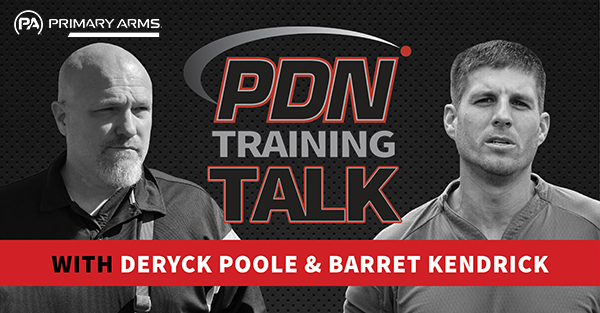



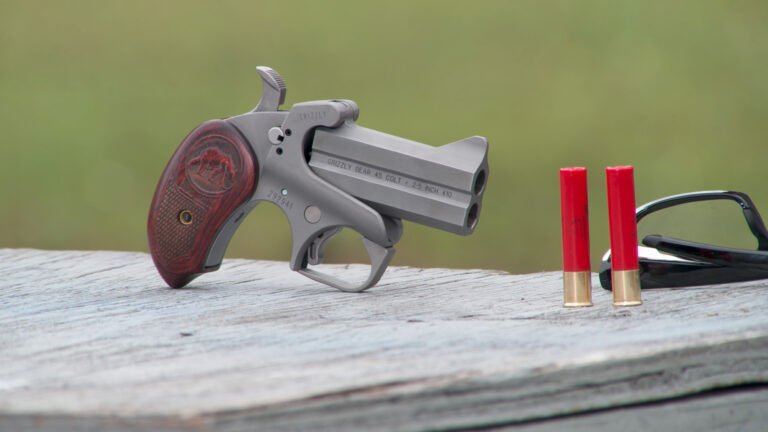
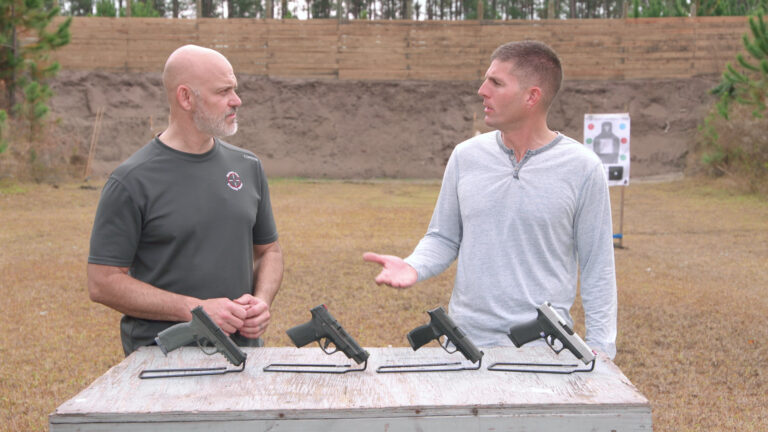
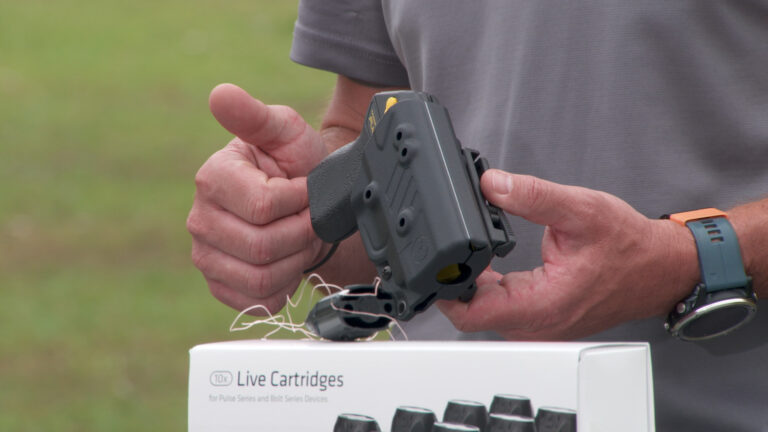

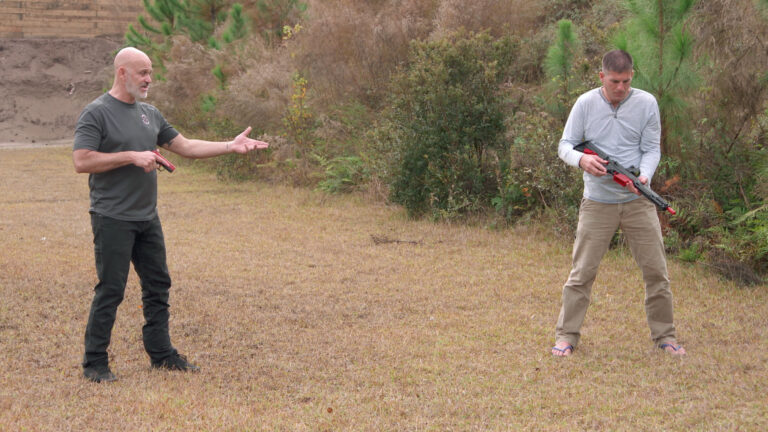

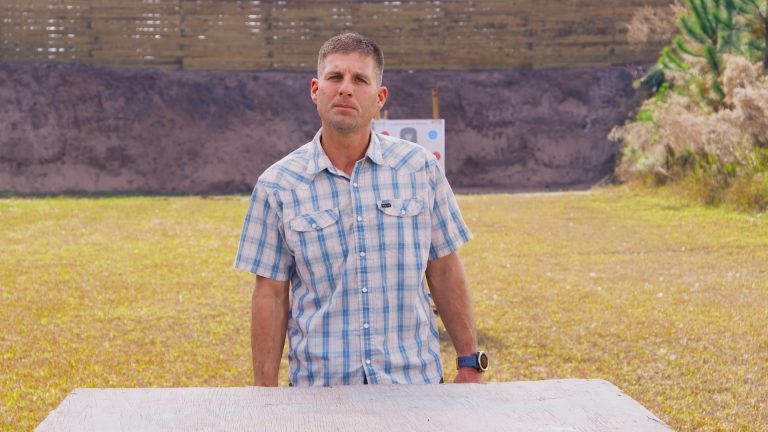

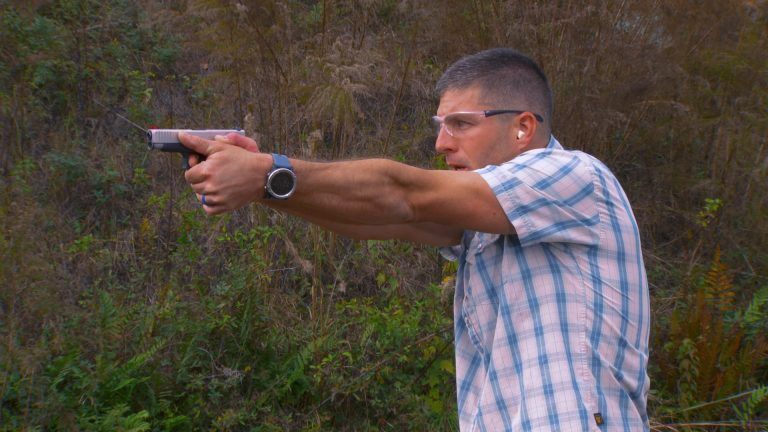

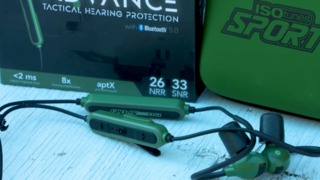
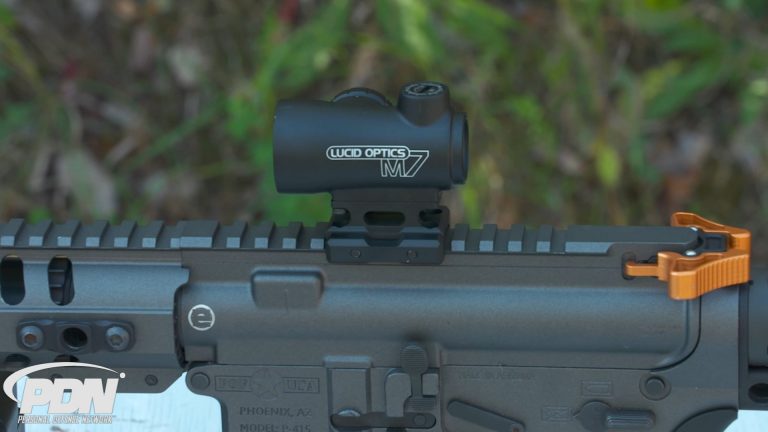

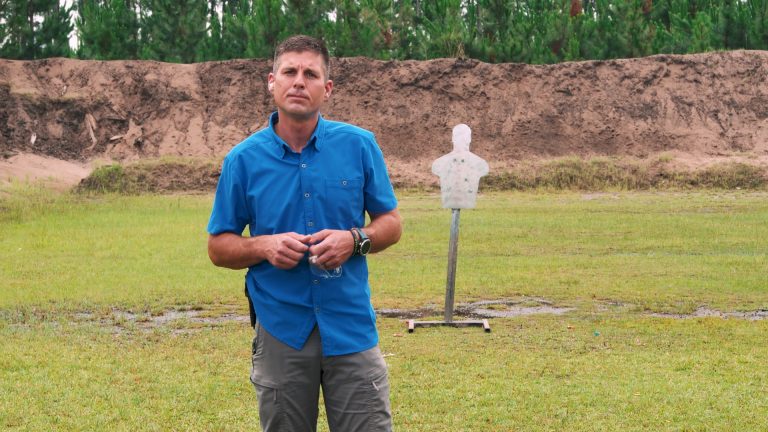
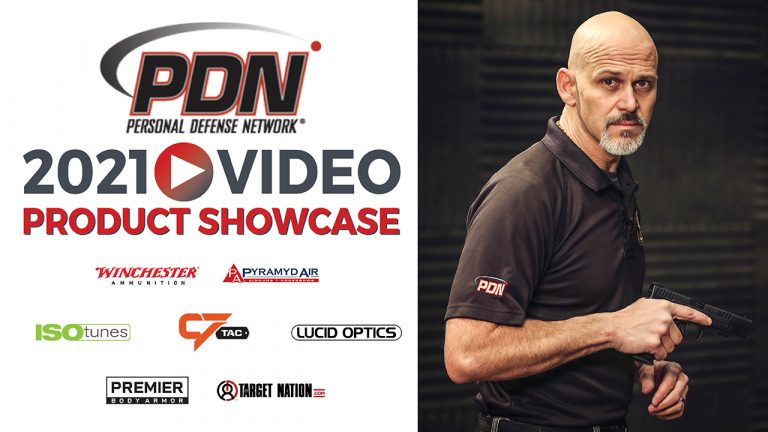


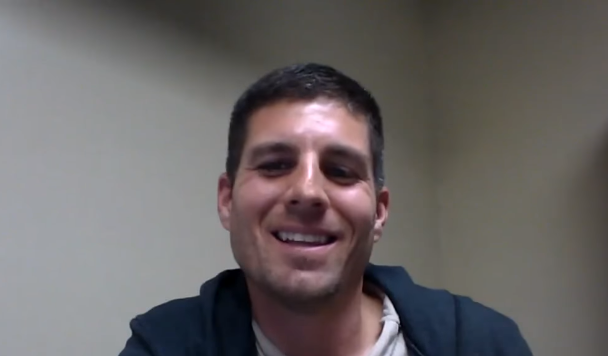


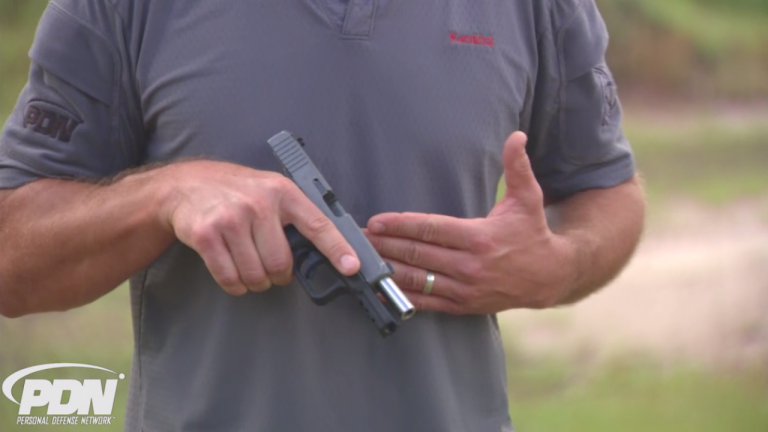

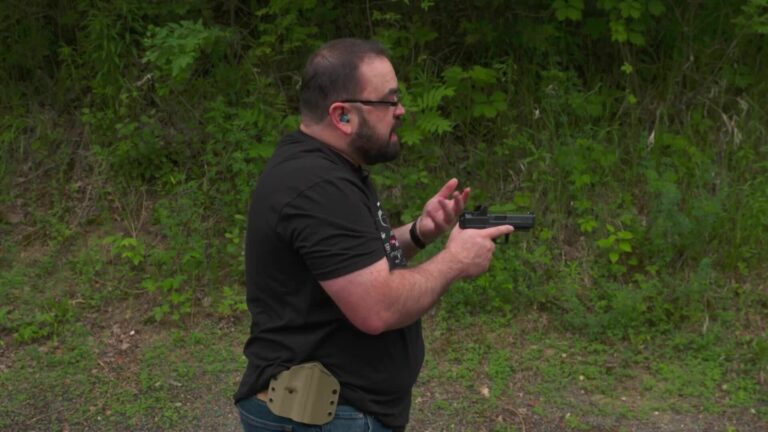

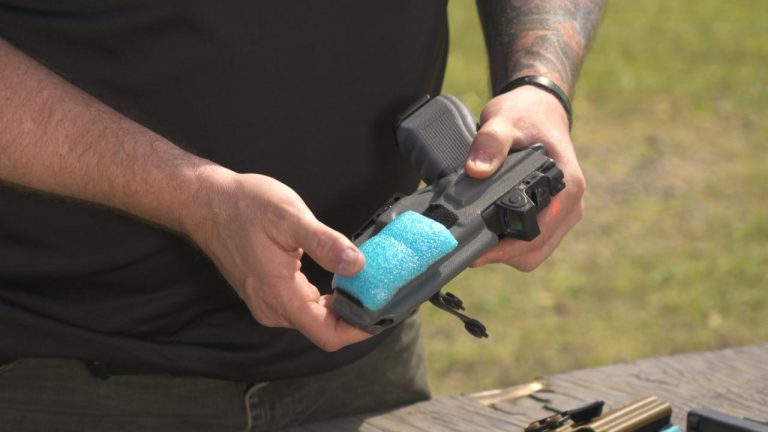
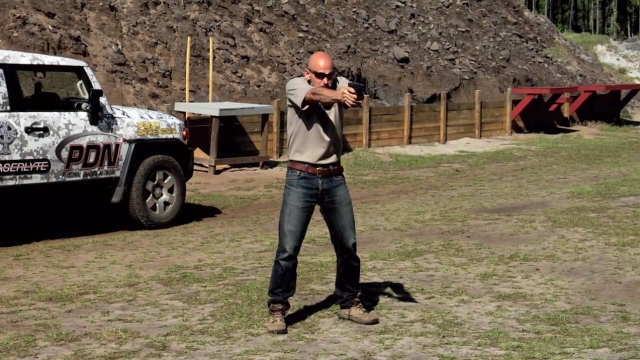
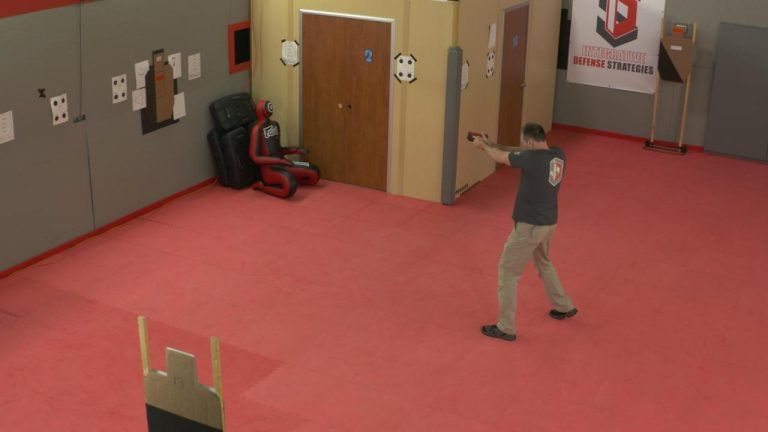

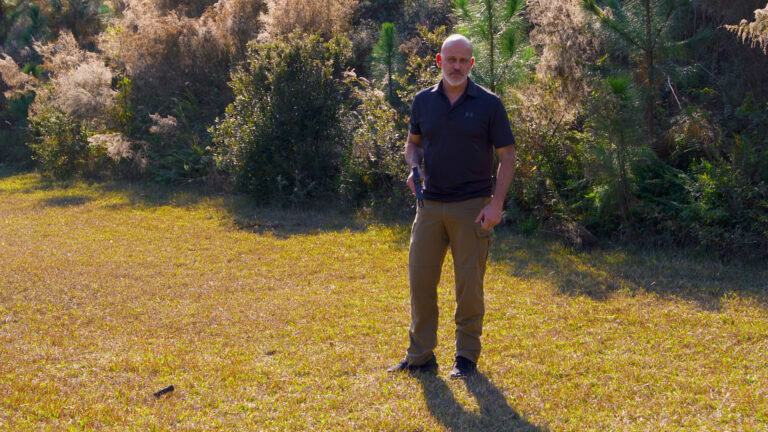
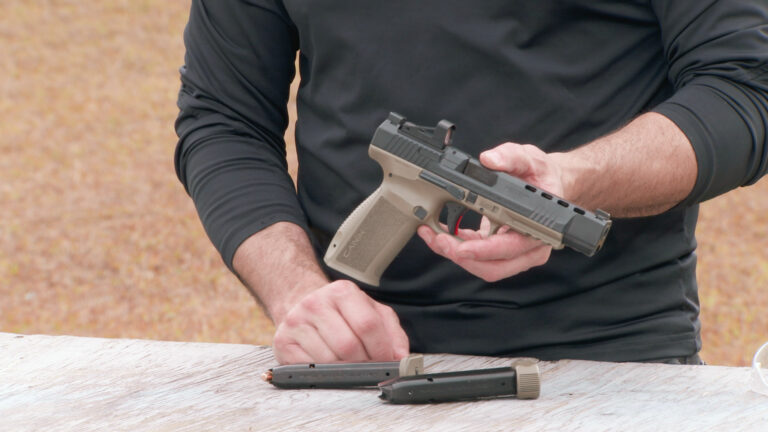
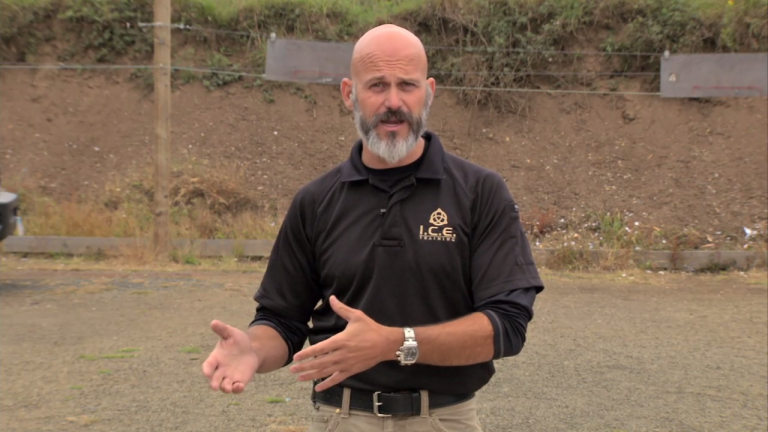
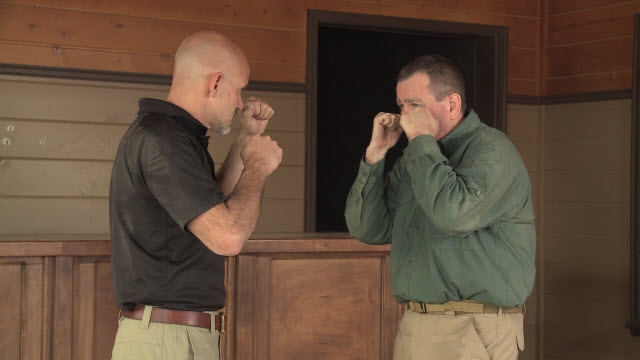
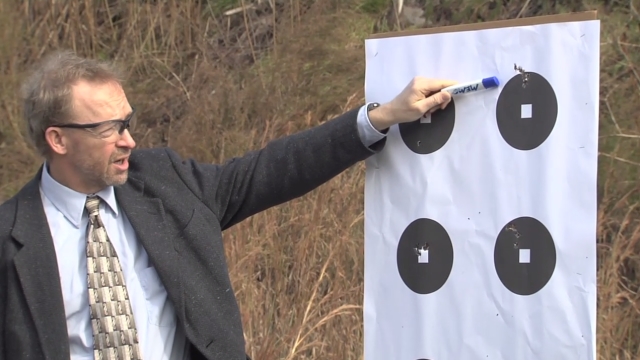
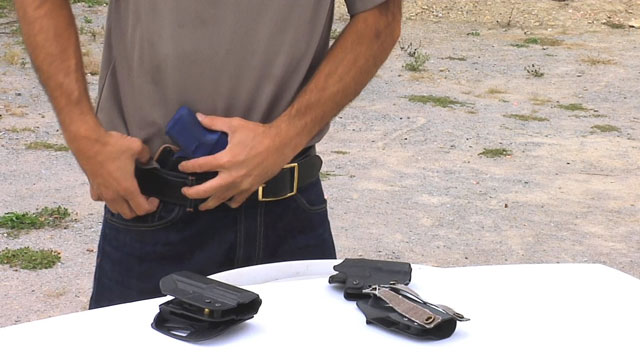


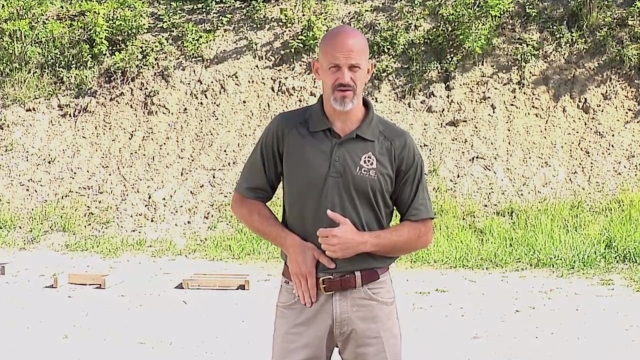



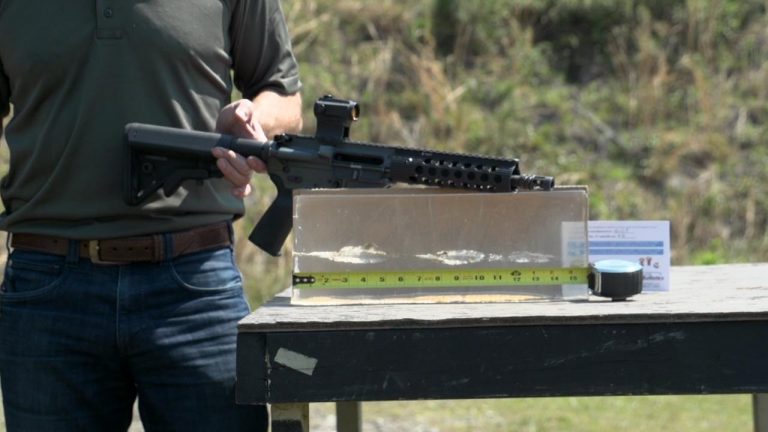
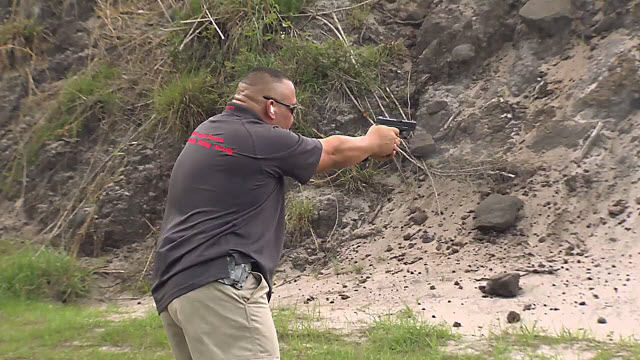
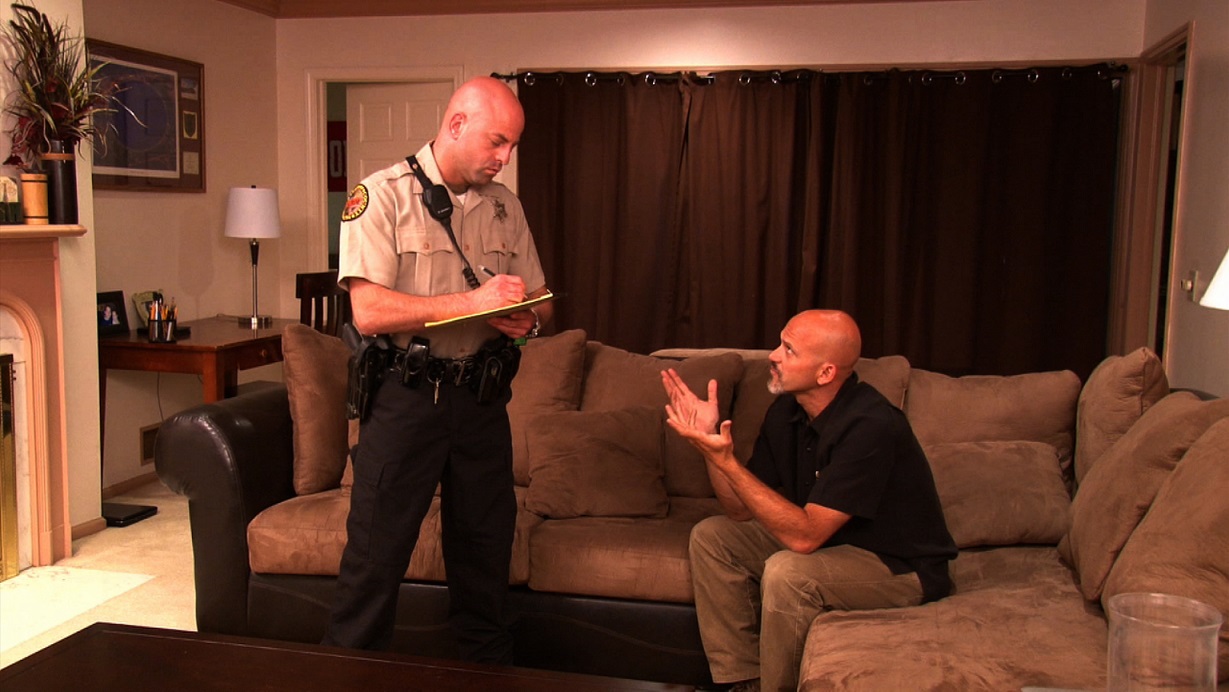
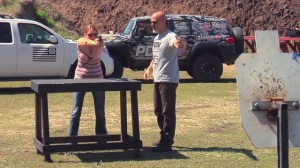
Great article and I agree with you except for one concern. Safest gun? BEST HANDGUN FOR BEGINNERS YOUR FIRST HANDGUN: This information may be helpful if you are buying your first handgun. Do not waste your time looking for the 'best gun', there is no such thing. What is best for you? Your first concern is need. Do you really need a gun? WHY DO YOU NEED A GUN? 1. Will your gun be used for hunting? On the farm? On the ranch? 2. Will your gun be used for competition? Target shooting? 3. Will your gun be used for home defense? Business defense? 4. Will your gun be used for self-defense? Concealed carry? If you plan on using a handgun for hunting; farm; ranch, target shooting or competition you already know about guns. You do not need beginner's help. For home defense consider a 410 shotgun. FOR SELF-DEFENSE, beginners need to be aware of these problems: Your gun firing accidentally; if being attacked you are so nervous you cannot draw the gun; or you cannot fire the gun. You need to take lessons and practice. You MUST take lessons to learn about laws and weapons before buying a gun; You MUST take shooting lessons with the gun you purchased; You MUST be legal to carry concealed; and most important, you MUST practice shooting at least once a month. THAT'S WHAT YOU MUST DO! Very few people will do some of those things much less all of them. For self defense beginners that do NOT take lessons or NOT practice shooting should remember these three things: 1. Only use a gun to protect people, NOT stuff. The only time you should fire a gun in self-defense is if your life; your spouse, or your children are threatened. If you shoot a gun, you may be detained (arrested), and your gun held as evidence. It is not for the police to decide if it was self defense - an attacker was close enough to threaten your life (3 to 6 feet). The police will NOT decide who was right or wrong; who broke the law, or what law was broken. That's the court's job. Even if you did everything right, if you shoot a person: you will probably still need to post bond; hire a lawyer, risk both criminal charges and civil lawsuits. Don’t argue with the police – they don’t make the laws, they enforce the law! 2. Never show or point a gun at a person unless you are prepared to kill them. Guns are made for only one purpose – to kill! Only use a gun if you, or your family is attacked and their life is in danger. There are of course exceptions when to use a gun, but for beginners – keep it simple. 3. Most guns can, and do go off if dropped, bumped or the hammer is caught on your holster, pocket or purse. Some guns will have safety's, striker plates, etc.. But they can still fire if a shell is loaded in the barrel’s chamber and dropped or bumped hard enough. If you really need a gun, all beginners should consider a simple light weight; point-and-shoot; hammer-less, double action revolver with the chamber empty. SAFEST GUN: With an empty chamber it is almost IMPOSSIBLE for a hammer-less revolver to fire without pulling the trigger. There is no bullet to be fired. Yet it is simple to shoot - just pull the trigger. A double action revolver automatically rotates the empty chamber to the next chamber (which is loaded), and then fires the bullet. Again, with a double action revolver there is no reason to load the barrel’s chamber as it is the last to be fired. With lessons and practice you may prefer a semi-automatic which has some advantages. Until then stay with the safest gun. Personal attacks can happen very fast. You need time to pull your gun out of a holster; find the safety release(s); cock the hammer with single action revolvers, or rack semi-automatics. With those guns most people will load the barrel chambers. They can fire if dropped! SELF DEFENSE WEAPONS: In a self-defense situation you will probably only get one or two shots at very short range (3 to 6 feet). SAFEST POINT-AND-SHOOT REVOLVERS are light weight; minimum 12 oz; hammer-less; 2” barrel; double action, 32/380/9mm/38sp/357mag. or larger if you can handle it. Small point and shoot revolvers (2-3” barrel) may be uncomfortable to hold; possibly the worst gun for shooting long distances, and smaller people may have a problem pulling a 12–14 pound trigger. Be sure and test trigger pull. But they are the safest gun with barrel chamber empty. SUMMARIZED: With a double action revolver there is no need to have the chamber loaded as it is the last be fired. It will rotate the cylinder automatically to the next shell. At 3 to 6 feet you will only get 1 or 2 shots. For self defense you don’t need 15-30 bullets. For certification a semi-automatic, or longer revolver (4 or 6 inch barrel) can be rented. AUTOMATICS are really semi-automatic, the trigger must be pulled for each shot. Fully automatic...machine guns, are illegal to own. Semi-automatic pistols are now just as dependable; less shock, and is more accurate for many people. However semi-automatics can be difficult to use. Also they are not practical to carry without loading the chamber as they would have to be racked before firing. Automatics loaded with a bullet in the chamber can fire accidentally if dropped or bumped hard. With training and practice you may prefer a semi automatic. Until then, keep it simple and safe. Again this information is for first time handgun buyers. There are other factors to be considered in buying a handgun. Learn about guns; ammo; holsters; defensive procedures; shooting positions, etc.. Carrying a gun is not for everyone. But if you must carry - take lessons, practice and become legal. Learn defensive procedures. Consider liability insurance. Please do not carry hand guns in your pocket or purse. Remember ‘Open Carry’ makes you the first target. NOTE: A reminder to experts that this is for beginners only. Many people are now buying guns that have never shot a gun. The only lessons they get are from a salesperson. That’s wrong, but is fact. Keep it simple. Keep your customers safe! Tell them they do have options. REVIEW: Three problems beginners must solve to safely carry a gun: 1. How to safely carry concealed yet quickly draw a gun? . Take lessons and practice. Learn to observe and be prepared. 2. Be so nervous you cannot release the safety, aim and fire the weapon: . Carry a point-and-shoot revolver. 3. The gun going off accidentally if dropped or bumped hard: . Do not load barrel chamber. Use a double action revolver. SUMMARY: Remember with double action revolvers the barrel chamber is the last bullet fired so why load it? Semi-automatics with the barrel chamber loaded can fire accidentally if dropped or bumped hard enough, even with safety’s on or with striker plates. For beginners, keep it simple with a point-and-shoot revolver! Remember, take lessons and practice!!!
I found the article intesting- Revolvers take the least level of skill and training. Let alone not having to worry about FTF, FTE and immediate action needed for pistols. In all cases its get down to the training level and confort level of the end user. Good Article.